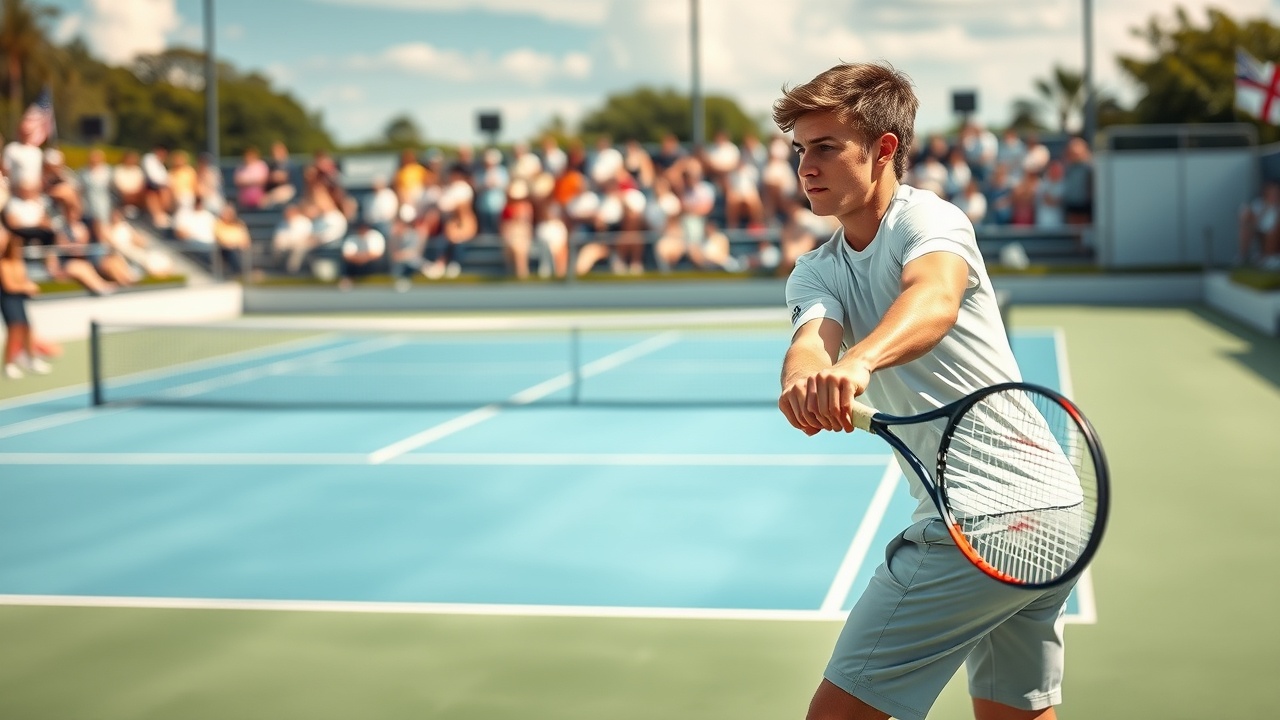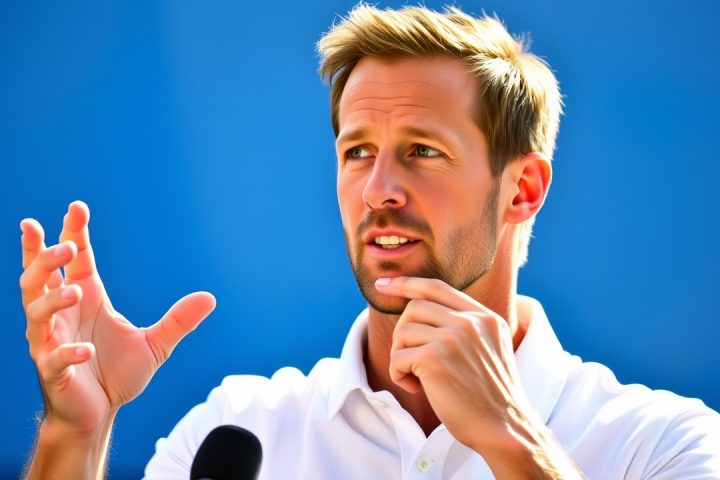Historic Victory at the 2025 French Open
At the 2025 French Open, Jacob Fearnley, a promising talent from Scotland, clinched a noteworthy victory by defeating seasoned player Stan Wawrinka, making his mark in Paris. This triumph on the clay courts of Roland Garros is a significant step for the 23-year-old who is just one match away from breaking into the ATP’s top 50 rankings, currently sitting at number 52. Fearnley will face local favorite Ugo Humbert in the third round, having already made impressive strides earlier this year by reaching the latter stages of tournaments in Australia.
Reviving Scottish Tennis
This year marks a turning point for Scottish tennis, as Fearnley strives to continue the legacy of Andy Murray, the country’s most successful player to date. Murray, who first entered the top 50 in February 2006, maintained his elite status for over a decade and captured three Grand Slam titles, among other accolades, during his illustrious career. His impact generated questions about the future of tennis in Scotland, but recent developments suggest a resurgence may be on the horizon.
Fearnley’s performance has sparked renewed interest in the sport’s infrastructure and participation in Scotland. Just a year ago, he was ranked beyond the top 500, but his rapid ascent through the rankings reflects a growing support system within the sport, inspiring a new generation of players. His win over Wawrinka, a former French Open champion, showcased his ability to compete at the highest level without the weight of his opponent’s reputation affecting his performance.
“I think part of the battle was just not letting his name and calibre of tennis get into my head,” Fearnley remarked after the match.
Transforming Facilities and Participation
The tennis landscape in Scotland is also being transformed through improved facilities and increased participation. Following frustrating delays and challenges in expanding facilities—a promise to significantly boost the number of indoor courts by 2016 has not been fully realized—there are currently 151 courts scheduled to be available soon, including new centers in Edinburgh and Dumfries & Galloway. The recent growth in tennis participation, particularly among women and children, has been noteworthy, with membership numbers reaching record highs, signalling a positive trend inspired by the success of athletes like Fearnley and fellow Scots Jack Draper and Cameron Norrie.
While there remains much work to be accomplished—such as ensuring access to affordable court time across Scotland—it’s evident that the foundations for success are being laid, and Fearnley’s rapid rise represents a beacon of hope for the future of Scottish tennis. As he continues to climb the rankings, the aspirations and dreams of young players are becoming tangible, suggesting that the future of the sport in Scotland could be bright. In the wake of Murray’s legacy, Fearnley stands out not only as a symbol of progress but as a testament to the perseverance and promise that characterize the current era of Scottish tennis.




